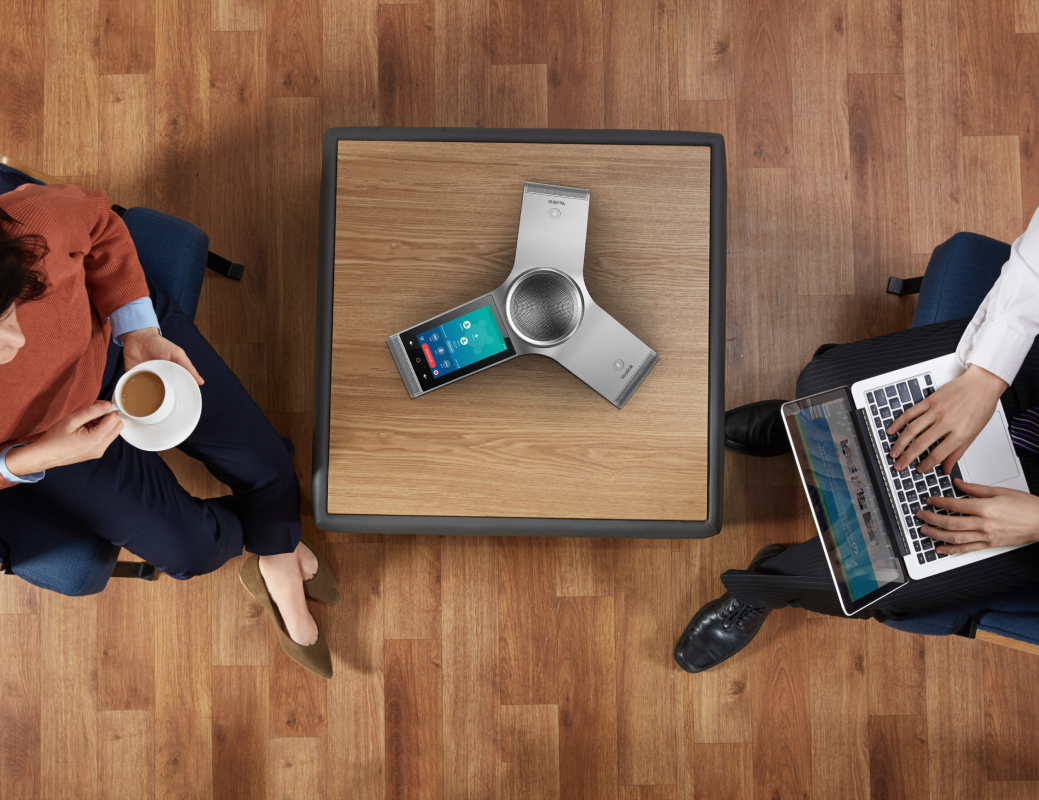Introduction
In the rapidly evolving landscape of communication technology, Voice over Internet Protocol (VoIP) has emerged as a game-changer. Businesses and individuals alike are shifting from traditional landlines to VoIP phone systems for their myriad advantages, including cost savings, flexibility, and enhanced features. However, with numerous VoIP phones flooding the market, how do you ensure that you make the right choice? This is where the importance of testing out different VoIP phones before buying comes into play.
In this comprehensive guide, we'll delve deep into why testing VoIP phones is crucial for making an informed decision. We’ll explore various aspects like compatibility, user experience, features, and much more—ensuring that by the end of this article, you’ll be equipped with all the knowledge needed to choose the perfect VoIP phone system for your needs.
Understanding VoIP Phone Systems
What Are VoIP Phone Systems?
VoIP phone systems utilize internet protocol to facilitate voice communications over the internet rather than through traditional telephone lines. This innovative technology allows users to make calls using broadband internet connections.

Key Components of a VoIP Phone System
A typical VoIP phone system consists of several key components:
- VoIP Phone: The actual device used to make calls. Router: Directs internet traffic and connects your network to other networks. Internet Connection: A reliable broadband connection is essential for quality calls. VoIP Service Provider: Offers services enabling calls over the internet.
How Do VoIP Phone Systems Work?
VoIP converts voice signals into digital data packets and transmits them via the internet. When a call is made, these packets travel across various networks until they reach the recipient's device, where they are reassembled into audio signals.
The Importance of Testing Out Different VoIP Phones Before Buying
When you're considering a switch to a VoIP phone system or simply upgrading your existing setup, it’s tempting to settle for just any phone that fits your budget. But here’s the kicker: not all VoIP phones are created equal! That’s why testing out different models can save you from future headaches.
User Experience Matters
Every business has unique needs when it comes to communication. By testing various models, you can find which phone aligns best with your workflow and preferences. Features like button layout, screen size, and sound quality can significantly affect your day-to-day operations.
Compatibility Check
Not all VoIP phones work seamlessly with every provider or service plan. By testing different models, you can identify which ones are compatible with your existing infrastructure without running into connectivity issues.
Evaluate Features
VoIP phones come equipped with an array of features—call forwarding, voicemail-to-email capabilities, video calling options, etc. Testing allows you to assess which features are essential for your specific http://lanerbdb288.raidersfanteamshop.com/voip-vs-landline-discover-the-superior-benefits-of-going-digital use case versus those that may go unused.
Different Types of VoIP Phones Available in the Market
Hardphones vs. Softphones: What’s the Difference?
- Hardphones: These are physical devices resembling traditional telephones but equipped with advanced functionalities suitable for modern communication. Softphones: Software applications installed on computers or mobile devices allowing users to make calls via their internet connection.
Pros and Cons of Each Type
| Type | Pros | Cons | |-------------|---------------------------------|-----------------------------| | Hardphones | Reliable hardware; often better audio quality | More expensive; limited portability | | Softphones | Cost-effective; versatile | Dependent on device performance; possible security risks |
Factors to Consider When Testing VoIP Phones
Audio Quality: How Important Is It?
One of the most vital aspects of any communication tool is sound clarity. When testing different models:
- Listen for background noise. Evaluate echo cancellation features. Ensure voice transmission is clear at varying volumes.
Ease of Use: User-Friendly Interface Matters!
A complicated interface can lead to frustration among employees or family members who aren't tech-savvy. During tests:
- Navigate menus easily. Make sure settings can be adjusted without hassle.
Durability: Will It Last?
While aesthetics might catch your eye initially, durability should also be considered:
- Test sturdiness by checking materials used. See if buttons feel robust during operation.
Testing Scenarios You Should Consider
Simulated Daily Use Cases
When trying out different devices:
Make internal calls within your organization. Simulate conference calls with multiple participants. Test voicemail retrieval systems.These scenarios will provide insight into real-world performance!
Connectivity Tests: Wired vs Wireless Options
Depending on your office setup or home environment:
Connect hardwired devices directly via Ethernet. Test Wi-Fi connections for softphones or wireless hardphones.This will help gauge performance in both scenarios!
Where Can You Test Different VoIP Phones?
Local Retailers and Tech Stores
Many electronic retailers have display units set up for potential buyers to try out various models hands-on.
Online Reviews and Demos
Websites often feature video demos showcasing product capabilities—though nothing beats getting hands-on experience!
Manufacturer Showrooms
If available in your area, visiting manufacturer-specific showrooms allows access to expert advice while trying products firsthand!
Avoiding Common Mistakes When Choosing a VoIP Phone System
1. Ignoring Compatibility Issues
Always check whether the chosen model works well within your existing network setup before making any purchases!
2. Overlooking Future Scalability Needs
Will this phone still meet demands as your business grows? Choose accordingly!
FAQs about Testing Out Different VoIP Phones Before Buying
Q1: Why is it important to test before buying?
Testing allows you to ensure compatibility with existing systems while evaluating user-friendliness and audio quality firsthand.
Q2: How long should I spend testing each model?
Aim for at least 30 minutes per unit—this gives ample time across various scenarios!
Q3: Can I return a phone if I haven’t tested it beforehand?
Many retailers offer return policies but always confirm specifics before purchasing!
Q4: What’s more important—features or price?
It depends on what you need! Prioritize essential functions over cost when evaluating value propositions.
Q5: Are there specific brands known for superior quality?
Brands vary in reliability—reviews & recommendations play critical roles when researching options!

Conclusion
Investing in a new system can be daunting—but taking time upfront ensures decisions made align perfectly with operational goals moving forward! Remember that thorough testing reveals nuances not apparent through simple online comparisons alone.
Ultimately—the importance of testing out different VoIP phones before buying cannot be overstated! Quality equipment enhances productivity while reducing frustration among users—so don’t skip this crucial step!
By following these guidelines outlined throughout our discussion today—you'll confidently navigate through options available ensuring optimal choices tailored specifically towards individual needs! So go ahead—embrace modern communication marvels confidently knowing you've made an informed decision!